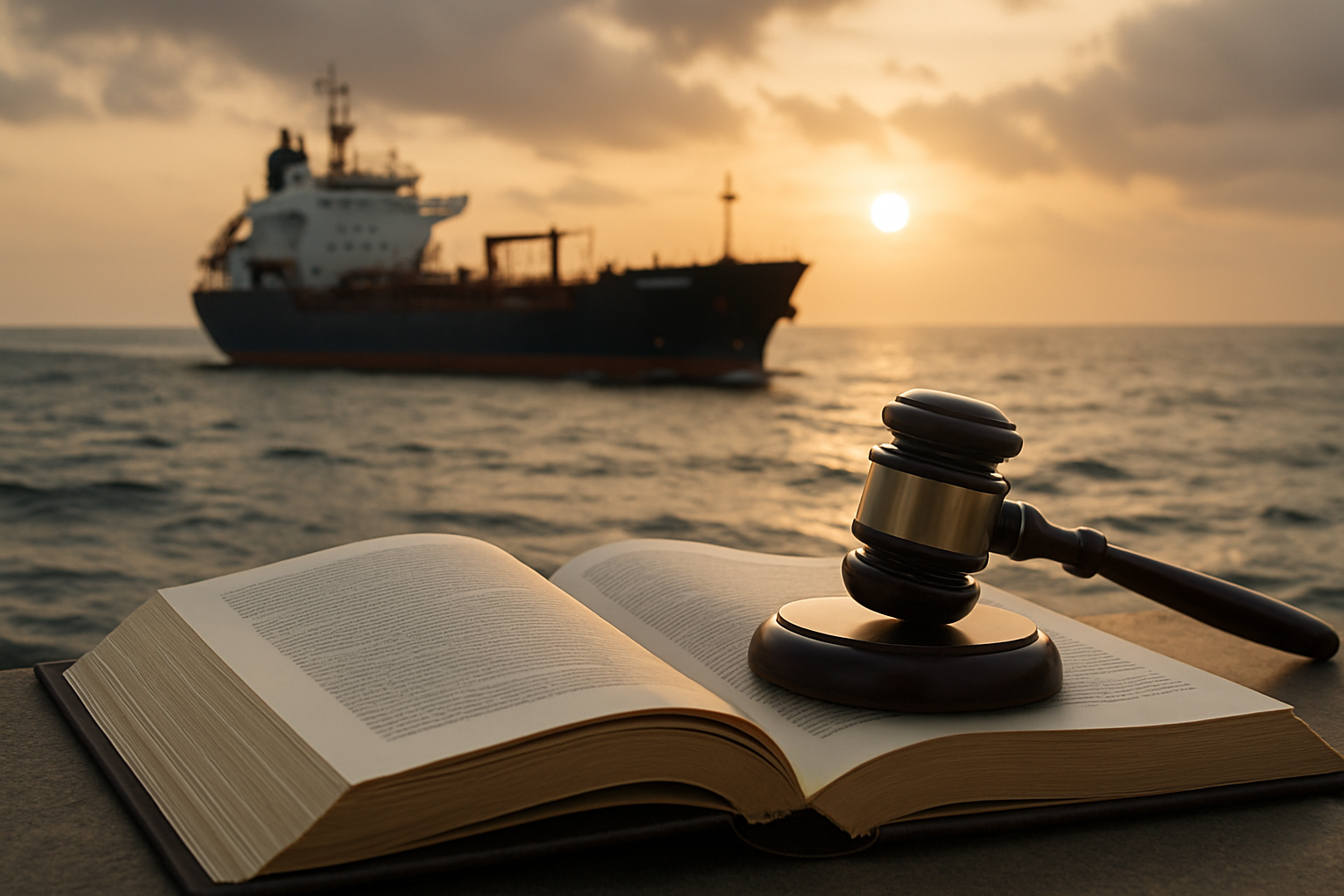Title: The Legal Quagmire of Underwater Cultural Heritage
Introduction: Beneath the waves lies a vast trove of human history, from ancient shipwrecks to sunken cities. The preservation and management of this underwater cultural heritage present unique legal challenges that span international law, maritime regulations, and cultural property rights. This article delves into the complex legal framework surrounding underwater archaeology and the ongoing debates shaping its future.

Navigating Jurisdictional Waters
One of the most challenging aspects of UCH law is determining jurisdiction. Maritime zones defined by the United Nations Convention on the Law of the Sea (UNCLOS) play a crucial role in this determination. Within territorial waters, coastal states have full sovereignty and control over UCH. However, in the contiguous zone, exclusive economic zone, and on the continental shelf, the legal situation becomes more complex. States have limited jurisdiction in these areas, leading to potential conflicts over the rights to explore, excavate, and claim ownership of underwater cultural sites.
The Salvage Law Conundrum
Traditional maritime salvage law, which rewards those who rescue vessels or cargo in peril at sea, has long been at odds with archaeological principles of preservation and scientific study. Many countries have enacted laws that exempt UCH from salvage claims, recognizing the need to protect these sites from commercial exploitation. However, this approach has faced resistance from salvage companies and treasure hunters who argue for their right to recover and sell artifacts. The ongoing legal battles between salvors and archaeologists highlight the tension between commercial interests and cultural preservation.
Ownership and Repatriation Disputes
Determining ownership of UCH is often a contentious issue, particularly for shipwrecks of historical significance. The principle of sovereign immunity for sunken warships has been widely recognized, giving flag states continued ownership rights over their vessels regardless of where they sank. However, this principle has been challenged in cases where multiple states claim cultural or historical connections to a wreck. The legal framework for repatriating underwater artifacts to their countries of origin is still evolving, with recent cases setting important precedents for future disputes.
Emerging Challenges in UCH Management
As technology advances, new legal challenges are emerging in the field of UCH management. The use of autonomous underwater vehicles (AUVs) for exploration raises questions about the legality of remote sensing and data collection in various maritime zones. Additionally, the impact of climate change on submerged sites is forcing lawmakers to consider new approaches to preservation and documentation. The potential for underwater cultural tourism also presents both opportunities and risks, requiring careful regulation to balance access with conservation.
The Future of Underwater Cultural Heritage Law
The legal landscape surrounding UCH continues to evolve as states grapple with the complexities of protecting submerged cultural resources. There is a growing recognition of the need for international cooperation and harmonization of laws to effectively manage this shared heritage. Efforts are underway to strengthen the implementation of the UNESCO Convention and to develop regional agreements that address specific challenges in different parts of the world. As underwater exploration becomes more accessible, the legal framework must adapt to ensure that our submerged history is preserved for future generations while allowing for responsible scientific study and public engagement.
In conclusion, the legal treatment of underwater cultural heritage represents a fascinating intersection of international law, cultural preservation, and maritime rights. As we continue to uncover the secrets hidden beneath the waves, the development of a robust and equitable legal framework for UCH management will be crucial in balancing the diverse interests at stake and ensuring the protection of our shared underwater history.





